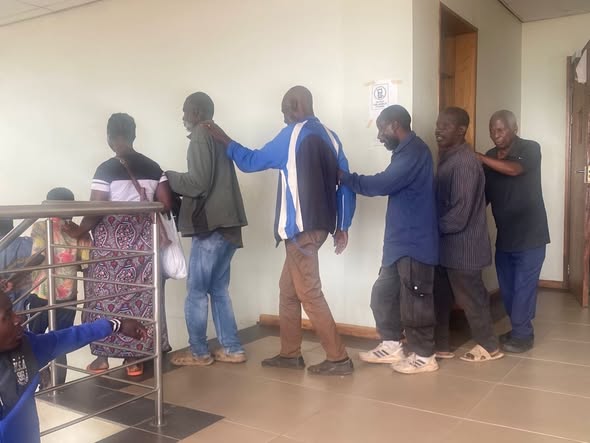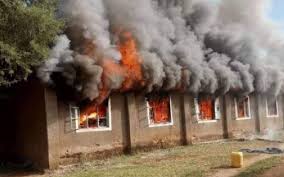Government of Japan has provided funds and materials to Malawi for the construction of houses and other facilities under Katubza project, which is an extension of Dzaleka refugee camp.
Speaking during a visit to the Project site, Japanese Ambassador to Malawi, Kae Yanagisawa, said they decided to provide the support to reduce congestion problems at the camp.
In his remarks, Japanese Ambassador of Japan to Malawi, Kae Yanagisawa, said they have provided the funds and materials costing 410 thousand US Dollars for the construction of houses, water facilities and sanitary facilities among others.
She then said the government of Japan is committed to helping Malawi in taking care of refugees so that they can have better lives.
In her remarks, representative for United Nations High Commissioner for Refugees (UNHCR), Monique Ekoko, said congestion has posed fire and public health risks which need mitigation interventions.
Ekoko said the Katubza area required financial support to demarcate plots, develop roadworks and sanitation facilities as well as creating safe and conducive public spaces to avoid a replication of the challenges currently faced at the camp.
She said the Development of Katubza is not only to ease congestion at the camp but it will also create a model of sustainable and peaceful coexistence between refugees and Malawians.
Minister of Homeland Security, Nicolas Dausi, has also commended the Government of Japan for helping government reduce congestion at Dzaleka refugee camp.
However, Dausi said the plans of relocating refugees to Karonga are still ongoing.
He then asked the refugees not to wander around in the country without authorization, and urged those whose countries are now in peace to go back to their homes so that the camp can accommodate only those that their countries are in war.
Dzaleka refugee camp is currently hosting 43 thousand refugees and asylum seekers though the camp was designed to accommodate a population of just 10 thousand.
It is sitting on 201 hectors of land out of which 108 hectors is densely occupied by residential shelter, with a smaller proportion occupied by public facilities and infrastructure.






